
Leonie Hagen
April 4, 2022
“A mile out of town the road goes into [the] forest and never comes out of it”. When young French writer Alexis de Tocqueville arrives in Detroit in 1831, intending to see some of America’s untouched wilderness, he describes vast forests on his travels from Detroit to Saginaw.
Today, maps and stories tell a tale of ancient forests in Michigan; the Lower Peninsula would have been covered in maple trees, beech trees, oak trees, hickory trees, ash trees, and American chestnuts; the Upper Peninsula in white pines and hemlocks. “In a few years these impenetrable forests will have fallen.”1
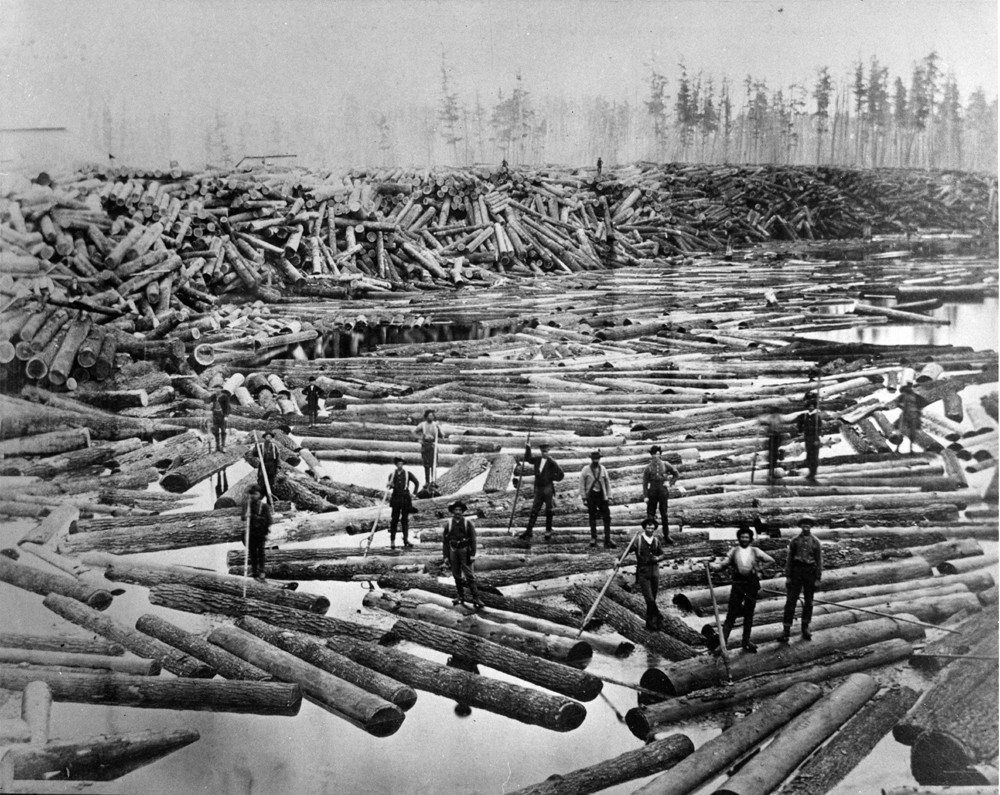
In the late 1820s, after the opening of the Erie Canal, a waterway traversing east-west and connecting the Atlantic Ocean to the Great Lakes Basin, settlers ventured to Michigan. They gained control of the land from its indigenous people, and looked for timber which was at the time referred to as green gold. By that time most of New England’s forests had been already clear-cut and a steady stream of loggers, sawyers, and rivermen descended on the Midwest from the East Coast. Lumber camps were set up between Detroit and the Upper Peninsula, along what is today State Highway I-75.2
During the lumber boom era, which spanned from about 1850 to 1910, most of Michigan’s forests were clear-cut for profit, leaving behind a rather hostile and vulnerable wasteland. Around the same time, the US population increased by approximately 50% which was when the first modular homes appeared on the market. In 1890 alone, Michigan produced approximately 4.25 billion board feet of white pine, enough to build 150,000 single-family homes by today’s averages.3 And by the early 20th century, one-fifth of all Americans had subscribed to the Sears & Roebuck mail-order catalog which from 1908 onwards offered complete mail-order houses. Customers could select from countless different models in Sears Modern Homes Catalog, order blueprints, send in a check, and a few weeks later their new home would arrive with thousands of pieces of framing lumber and thousands of cedar shakes, alongside all the bits and pieces needed to assemble a home. With this revolution, homeownership became more affordable and brought the burgeoning way of modern life in a single-family home to the broader American population at the expanse of their ancient forests.4
Simultaneously, the lumber boom fueled the great financial and industrial rise of the Detroit area. In 1858, businessman Henry Crapo moved from Boston to Flint to tap into the lumber business. He managed to build great family wealth and later on his grandson founded General Motors. And when Henry Ford started his first car company in Detroit, the start capital came from yet another lumber businessman, William H. Murphy. When Ford later on split from the company and went his own way, Murphy stayed on and later rebranded the company Cadillac. The profit made from the forests laid out the foundation for the city to come. Detroit developed state-of-the-art transportation infrastructure and a growing housing supply for workers coming to the city. Undeniably, the coming rise of the Motor City was deeply embedded in the wealth built by the lumber industry.5
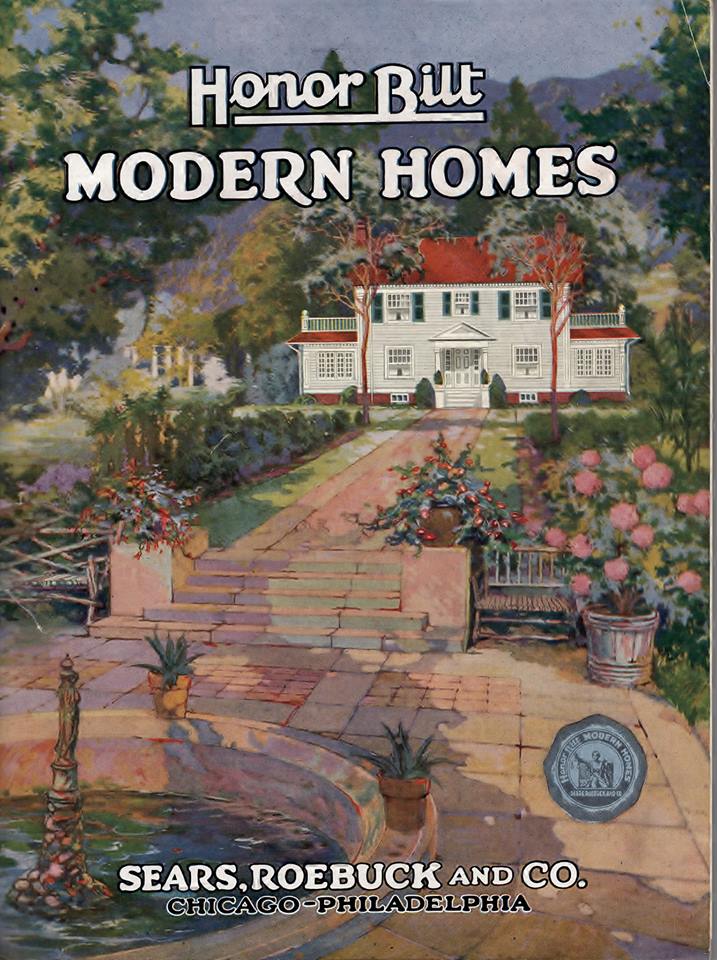
Until the 1950s, Detroit’s urban forest was astonishing. But alongside the loss of population, the city also forfeited a tremendous part of its tree cover. Due to the shrinking population and the economic collapse, the city’s funding dwindled significantly. One effect of the budget cuts was that the urban forestry department didn’t have the means to upkeep its urban green anymore.
In the last decade, there has been a new push for greening Detroit, an aspiration to create a more friendly, sustainable, and healthy urban living environment. This is a strategy which can be identified across the globe as numerous cities are launching tree planting initiatives, claiming this to be a tool to slow down climate change amongst other obvious benefits to the residents. ‘Million Trees NYC’, ‘Grow Boston Greener’, ‘The Chicago Tree Initiative’, ‘The Greening of Detroit’, et cetera. It appears as though most people agree on the opinion that trees are good. Trees seem to do it all; they provide shade, they cool the ground, they improve the air quality, they filter particulate matter from the air, they produce oxygen, they have a positive impact on our mental health, they store rainwater, and by de-stressing municipal stormwater systems, they reduce the risk of flooding and filter water. Trees are crucial to fostering biodiversity in cities, crucial to creating a more endurable and friendly environment not only for us humans but for the non-humans too. Trees create sustainable job opportunities for people working to plant and maintain them. Trees are a critical part of city infrastructure and they tremendously improve our quality of life. Nevertheless, about one-fourth of Detroit’s eligible residents submitted “no–tree requests” when offered free trees in front of their property, planted by the city.6 But why? Detroit is looking back on a complex relationship with urban forestry, a multi-faceted history which has negatively impacted many peoples’ opinions about urban trees.
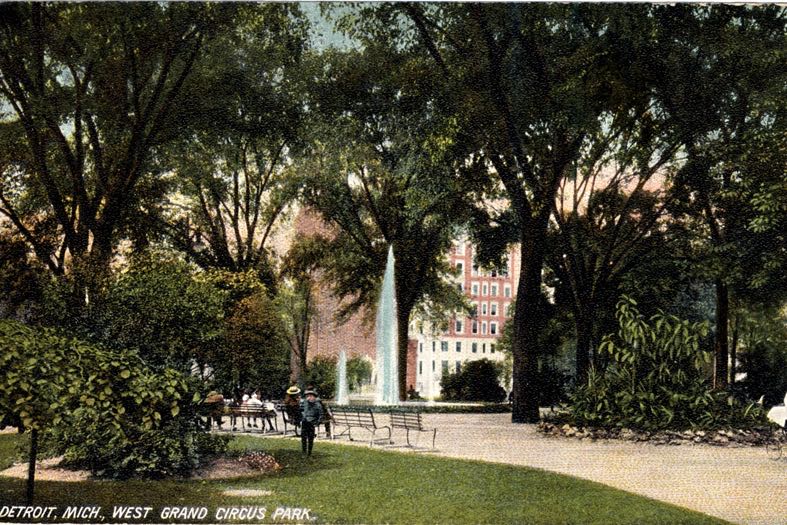
After a devastating fire in 1805, Judge Woodward’s plan for the redevelopment of Detroit was a network of broad tree- lined boulevards and parks, inspired by European cities. Detroit would become one of the first cities to include an urban tree canopy into their city masterplan. In 1854, a city commission for Detroit’s parks was first founded. The commission was responsible for planting trees in the city’s green spaces and from 1870 to 1900, about 1300 acres were added to its park system with the acquisition of Belle Isle in 1879, Clark Park in 1888, and Palmer Park in 1893. The parks department grew and the city had thousands more trees to take care of. In 1900, the city started a nursery for growing its trees, shrubs, and flowers to save costs. It was one of the first municipally-owned nurseries in the country, and over time it took on the goal of becoming an arboretum of native Michigan tree species. By 1916, Detroit had 250,000 street trees in its care.7
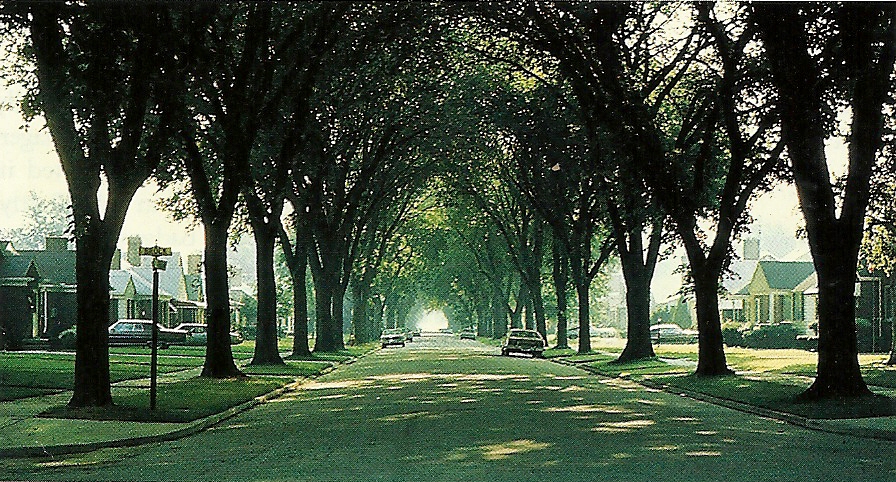

Detroit became a pioneer city in the States, which officially included an urban canopy in its master plan through the requirement that “squares or other places of public ground [...] be planted with trees, in such manner and such kind, and to be preserved by such means as the inclinations and the taste of the proprietor of the lot”.8 This fiat laid the groundwork for half a million American elm trees, Ulmus americana, to be planted within the city limits. The vase- like-shaped white elms became omnipresent throughout the cityscape of Detroit and numerous other urban and suburban places across the Eastern United States. The tree was celebrated for its fast growth that provided quick shade and for its ability to tolerate poor soil conditions along city streets. Due to the nomination of one single species to line the city’s streets, a beautiful but perfectly vulnerable monocultural urban landscape was created. Finally, as a side effect of global trade, the Dutch elm disease made its way to the United States. DED is a highly destructive tree disease caused by fungi and spread by elm bark beetles which carry the fungus from tree to tree. It found its way to Detroit around 1950, just about when most of the elms had grown to maturity. By that time, they had become a national symbol for progress and modern city planning and their canopy offered a sense of safety and civic pride through urban beautification and stewardship. When DED was identified in Detroit, city officials didn’t know how to deal with it other than spraying streams of Dichlorodiphenyltrichloroethane, an insecticide used in agriculture, from helicopters. The poisonous substance didn’t only kill off the beetles and their hosts, the elms, but alongside them, insects, birds, and other animals. DDT is slowly biodegraded with a half-life of up to 15 years and is acutely toxic when ingested, both by animals and humans – Detroit had poisoned its land.
Shortly after this dramatic and traumatizing downfall, officials raced to identify a species to replace the lost elms and restore the city’s image. No lessons were learned, the city officials again looked for a singular tree to plant across the city, disregarding the vulnerability which came along with such a monoculture. Fraxinus pennsylvanica, the green ash was the selected tree to bring shade and glory back to Detroit’s streets. The tree stood out for its rapid growth, pollution tolerance, and broad, arching form. Meanwhile, in China, the same tree species had become a dominant material for making wooden crates and was used, amongst other things, to transport goods to North America. In 2002, just as Detroit’s new canopy was reaching maturity, several of those said crates landed in Detroit with the emerald ash borer on board. Since 2002, this small shiny green bug has killed more than 30 million ash trees in southeastern Michigan alone and with this, the people of Detroit had lost their urban forest once more."9
In recent years, efforts have been made to turn Detroit into a greener city. The city’s history with trees is charged and has created tensions between residents and the city’s afforestation plans. Over the years, a broad distrust with the city government and initiatives like ‘The Greening of Detroit’ has hardened, initiatives like this one come across as top-down processes to many. In 2014 alone, the city had an estimated 20,000 dead or hazardous trees within city limits. Its once-massive tree maintenance program had suffered from budget cuts and population decline. This leaves the residents of Detroit in charge of maintaining the city’s trees, a burden to many. By not giving residents a say in the tree planting program, old conflicts that have been going on for years, are being recreated. According to a study, the opposition to the free street trees stems from a lack of genuine community engagement.10 “Healthy urban forests cannot be measured just by the number of trees planted. We also have to capture who is involved, and how that involvement affects the well-being of people and trees in the long-term.”, says Christine E. Carmichael, a researcher at the University of Vermont.11
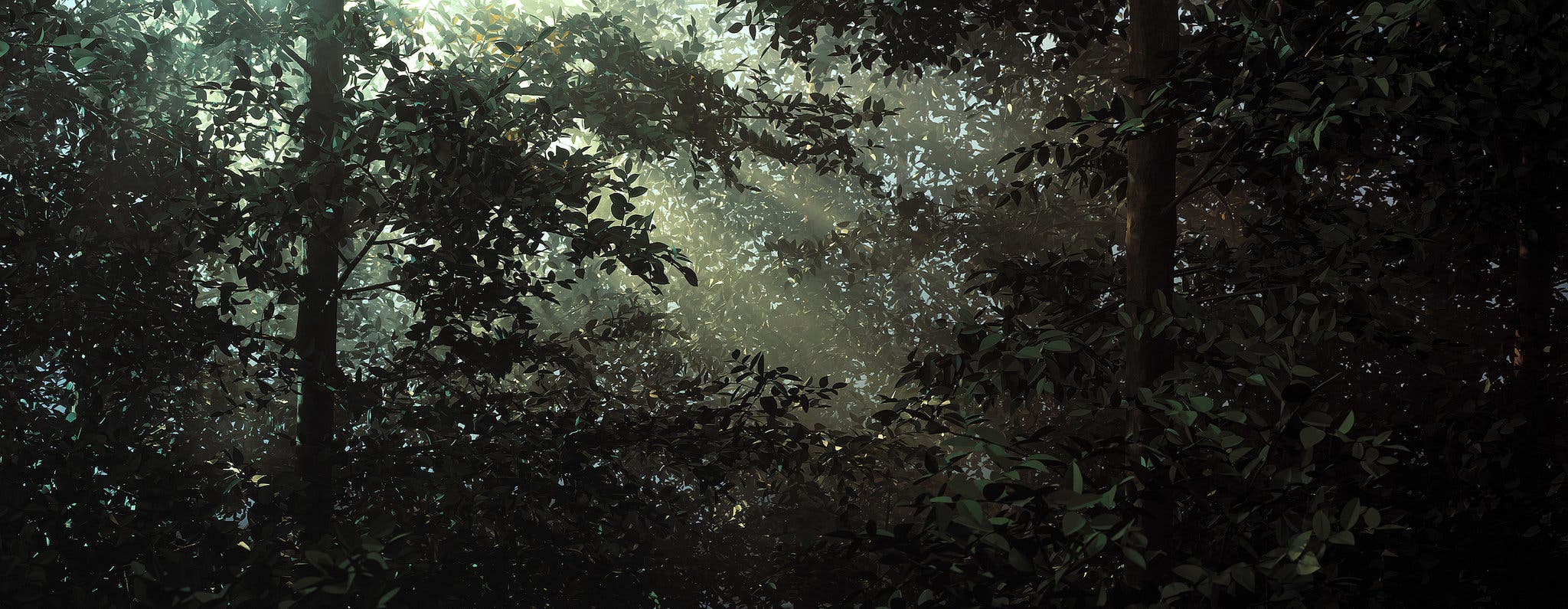
Perhaps it’s time for Detroit to let go of the idea of tree-lined streets, an image so engraved in the idea of modern cities. In a car-centric world, the tree functions as a buffer between the street and the house, between cars and humans, as a tool of beautification. It seems like Detroit has had one too many failed attempts to sustain this kind of city image and maybe it’s time to move on to another way of greening the city. Community engagement is key to overcoming past conflicts and working towards a livable and sustainable future city. As an alternative to tree-lined streets, the city could claim publicly owned vacant land and turn it into lush urban green spaces, as refuges for everybody. Places where trees and other plants can co-exist and thrive with little maintenance and create rich and diverse, selfsustaining biotopes over time. True forests, embedded in the city instead of hundreds of trees lining streets, sitting in tiny tree pits framed by asphalt. With all the harm attached to the history of street trees in Detroit, it might be time for new approach to urban forestry. An approach which makes most of Detroit’s vacant land and simultaneously restores the residents’ relationship to trees through a participative process.
1. Dwyer, D. (2019, December 2). From wilderness to wasteland: How the destruction of Michigan’s forests shaped our state. Michigan Radio. Retrieved 12 February 2022, from https:// www.michiganradio.org/environment-science/2018-10-17/from-wilderness-to-wasteland- how-the-destruction-of-michigans-forests-shaped-our-state
2. Susskind, J. (2018). Detroit, a Forested History. Harvard Design Magazine 45 – Into the Woods, 45.
3. Susskind, 45.
4. Rosenberg, J. (2021, October 7). The House that Came in the Mail. 99% Invisible. Retrieved 10 February 2022, from https://99percentinvisible.org/episode/the-house-that-came-in-the- mail/
5. Dwyer.
6. Mock, B. (2019, January 11). Why Detroit Residents Pushed Back Against Tree-Planting. Bloomberg CityLab. Retrieved 20 February 2022, from https://www.bloomberg.com/news/ articles/2019-01-11/why-detroiters-didn-t-trust-city-tree-planting-efforts
7. Bragg, A. E. (2016, March 29). How Detroit became a city of trees. Model D. Retrieved 12 February 2022, from https://www.modeldmedia.com/features/detroit-street-trees-032916.aspx
8. Susskind, 47/
9. Susskind, 47-49.
10. University of Vermont. (2019, January 7). Study explains why thousands of Detroit resi- dents rejected city’s tree planting efforts. Phys.org. Retrieved 10 February 2022, from https:// phys.org/news/2019-01-thousands-detroit-residents-city-tree.html
11. 11. UofV